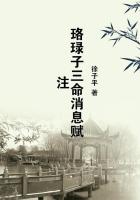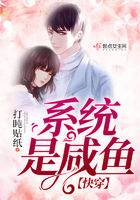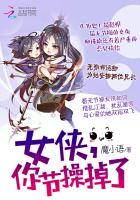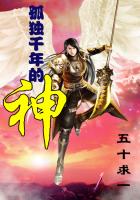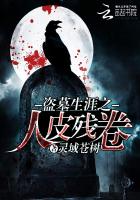During the Ch`in and Han dynasties Sun Tzu's ART OF WARwas in general use amongst military commanders, but they seem to have treated it as a work of mysterious import, and were unwilling to expound it for the benefit of posterity. Thus it came about that Wei Wu was the first to write a commentary on it.
As we have already seen, there is no reasonable ground to suppose that Ts`ao Kung tampered with the text. But the text itself is often so obscure, and the number of editions which appeared from that time onward so great, especially during the T`ang and Sung dynasties, that it would be surprising if numerous corruptions had not managed to creep in. Towards the middle of the Sung period, by which time all the chief commentaries on Sun Tzu were in existence, a certain Chi T`ien-pao published a work in 15 CHUAN entitled "Sun Tzu with the collected commentaries of ten writers." There was another text, with variant readings put forward by Chu Fu of Ta-hsing, which also had supporters among the scholars of that period; but in the Ming editions, Sun Hsing-yen tells us, these readings were for some reason or other no longer put into circulation. Thus, until the end of the 18th century, the text in sole possession of the field was one derived from Chi T`ien-pao's edition, although no actual copy of that important work was known to have survived. That, therefore, is the text of Sun Tzu which appears in the War section of the great Imperial encyclopedia printed in 1726, the KU CHIN T`U SHU CHICH`ENG. Another copy at my disposal of what is practically the same text, with slight variations, is that contained in the "Eleven philosophers of the Chou and Ch`in dynasties" [1758].
And the Chinese printed in Capt. Calthrop's first edition is evidently a similar version which has filtered through Japanese channels. So things remained until Sun Hsing-yen [1752-1818], a distinguished antiquarian and classical scholar, who claimed to be an actual descendant of Sun Wu, [36] accidentally discovered a copy of Chi T`ien-pao's long-lost work, when on a visit to the library of the Hua-yin temple. [37] Appended to it was the ISHUO of Cheng Yu-Hsien, mentioned in the T`UNG CHIH, and also believed to have perished. This is what Sun Hsing-yen designates as the "original edition (or text)" -- a rather misleading name, for it cannot by any means claim to set before us the text of Sun Tzu in its pristine purity. Chi T`ien-pao was a careless compiler, and appears to have been content to reproduce the somewhat debased version current in his day, without troubling to collate it with the earliest editions then available.
Fortunately, two versions of Sun Tzu, even older than the newly discovered work, were still extant, one buried in the T`UNG TIEN, Tu Yu's great treatise on the Constitution, the other similarly enshrined in the T`AI P`ING YU LAN encyclopedia. In both the complete text is to be found, though split up into fragments, intermixed with other matter, and scattered piecemeal over a number of different sections. Considering that the YU LAN takes us back to the year 983, and the T`UNG TIEN about 200 years further still, to the middle of the T`ang dynasty, the value of these early transcripts of Sun Tzu can hardly be overestimated.
Yet the idea of utilizing them does not seem to have occurred to anyone until Sun Hsing-yen, acting under Government instructions, undertook a thorough recension of the text. This is his own account: --Because of the numerous mistakes in the text of Sun Tzu which his editors had handed down, the Government ordered that the ancient edition [of Chi T`ien-pao] should be used, and that the text should be revised and corrected throughout.
It happened that Wu Nien-hu, the Governor Pi Kua, and Hsi, a graduate of the second degree, had all devoted themselves to this study, probably surpassing me therein. Accordingly, Ihave had the whole work cut on blocks as a textbook for military men.
The three individuals here referred to had evidently been occupied on the text of Sun Tzu prior to Sun Hsing-yen's commission, but we are left in doubt as to the work they really accomplished. At any rate, the new edition, when ultimately produced, appeared in the names of Sun Hsing-yen and only one co-editor Wu Jen-shi. They took the "original edition" as their basis, and by careful comparison with older versions, as well as the extant commentaries and other sources of information such as the I SHUO, succeeded in restoring a very large number of doubtful passages, and turned out, on the whole, what must be accepted as the closes approximation we are ever likely to get to Sun Tzu's original work. This is what will hereafter be denominated the "standard text."The copy which I have used belongs to a reissue dated 1877.
it is in 6 PEN, forming part of a well-printed set of 23 early philosophical works in 83 PEN. [38] It opens with a preface by Sun Hsing-yen (largely quoted in this introduction), vindicating the traditional view of Sun Tzu's life and performances, and summing up in remarkably concise fashion the evidence in its favor. This is followed by Ts`ao Kung's preface to his edition, and the biography of Sun Tzu from the SHIH CHI, both translated above. Then come, firstly, Cheng Yu-hsien's I SHUO, [39] with author's preface, and next, a short miscellany of historical and bibliographical information entitled SUN TZU HSU LU, compiled by Pi I-hsun. As regards the body of the work, each separate sentence is followed by a note on the text, if required, and then by the various commentaries appertaining to it, arranged in chronological order. These we shall now proceed to discuss briefly, one by one.
The Commentators


